Walking is one of those things that we usually take for granted until such time when you have an accident or incident that forces you to re-learn how to walk. Going through physical therapy and rehabilitation may take some time and can be a pain but fortunately, through technology and innovation, there are now tools that you can use to help you in your journey.
Designer: Yoshihiro Yamada
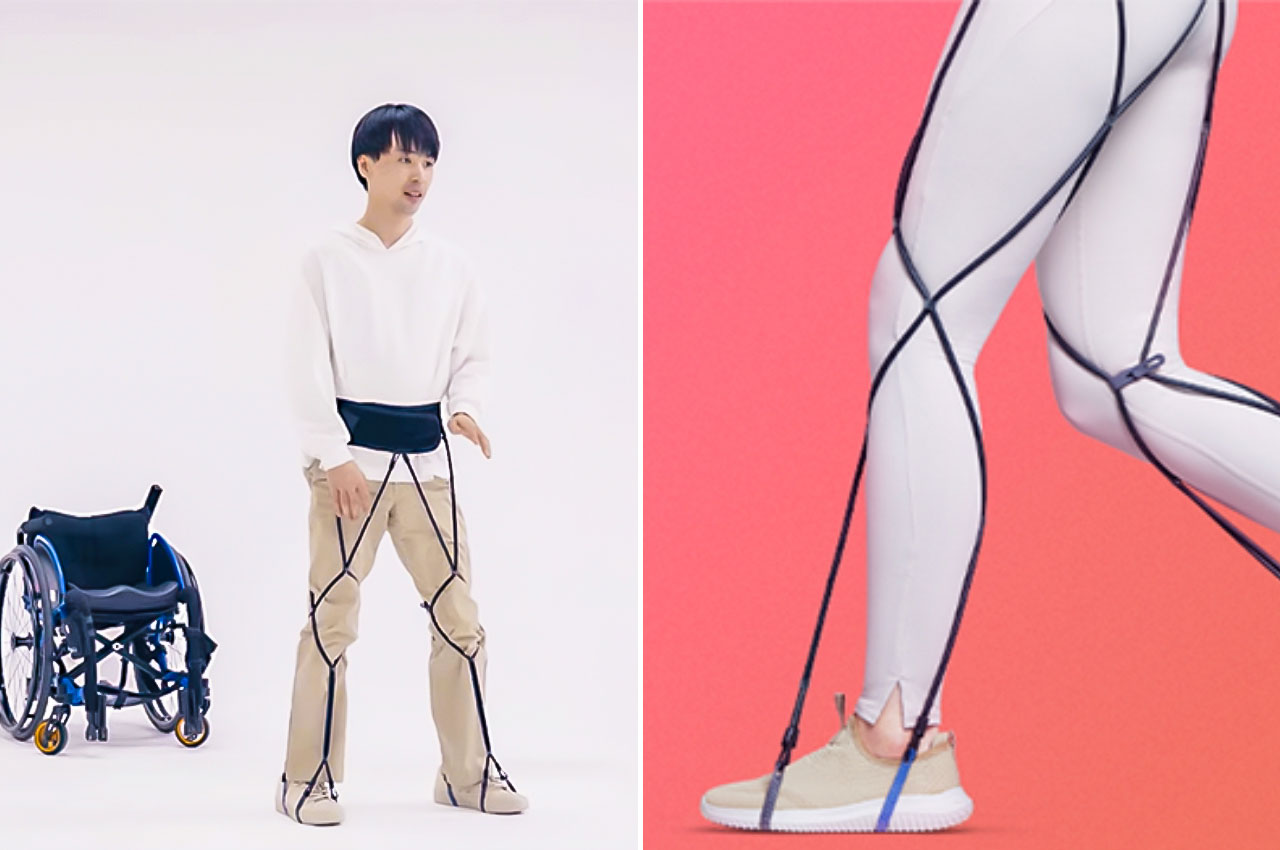

Futto is wearable rubber gear that may look a bit weird for the uninitiated since you seem like you’r wearing some sort of leather contraption. But it’s actually wearable rubber gear that can help your muscles relearn to walk after an injury or even for the elderly. It “replaces” the muscles that you use for walking and strengthens the weak points that may need some support, as guided by a specialist like a phsyiotherapist. It is not a replacement for rehab exercises but it will be able to help strengthen your walking muscles.
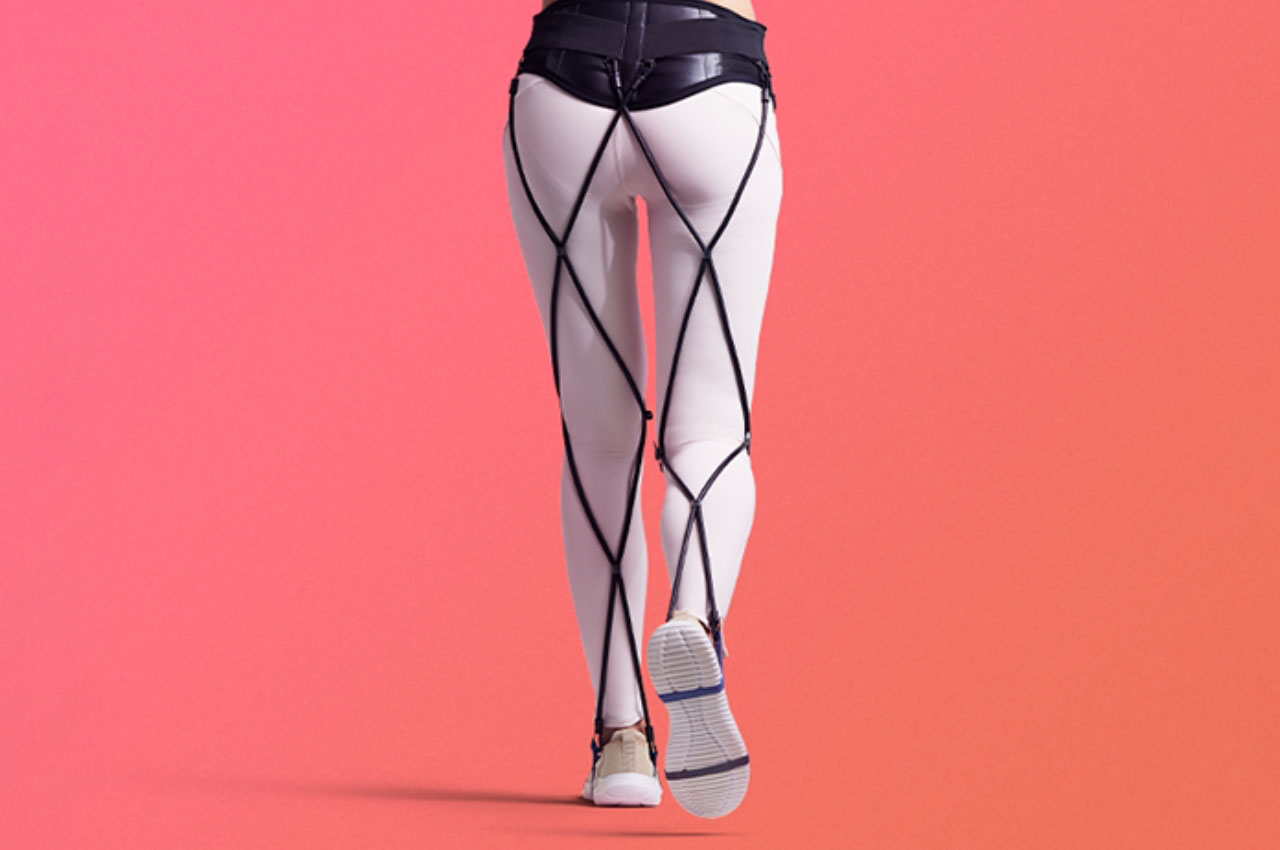
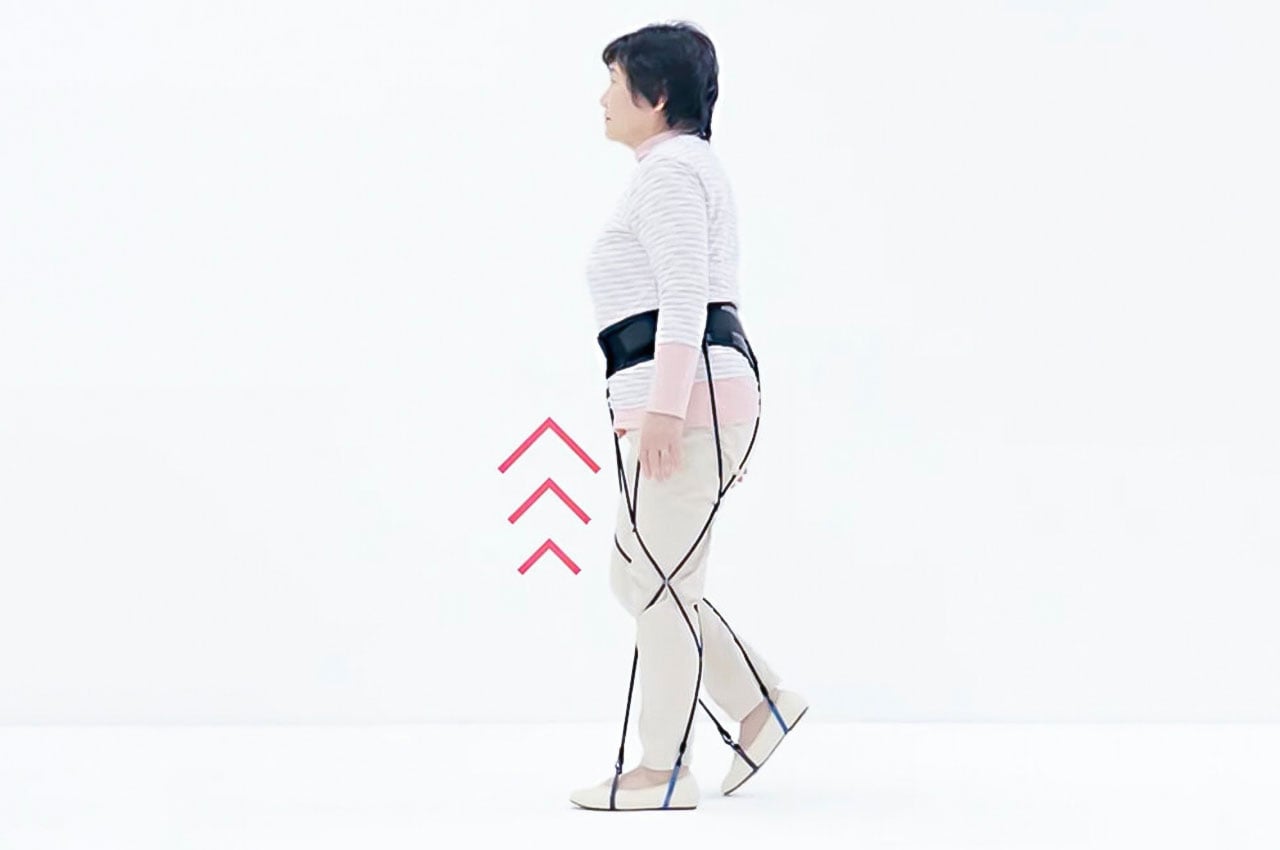
The gear is made up of an abdominal belt and then four rubber straps (two straps on each leg) that can be worn on each leg. The front one is hooked under your toes while the back one is for the sole of your feet. Once you wear it on your waist, legs, and feet and you start walking, the bands will contract on all sides to support you. The device is able to “straighten” your posture due to the abdominal pressure from the corset while the rubber is able to stabilize the lower limbs and stretch the spine.


Futto weighs just 280 grams so it will not be so heavy as you wear it. It is supposed to be worn outside of your leggings or pants (although the latter seems to be more comfortable) so it can seem weird if taken out of context. But if it’s something you need to help you recover from an injury or incident, you wouldn’t mind that at all.



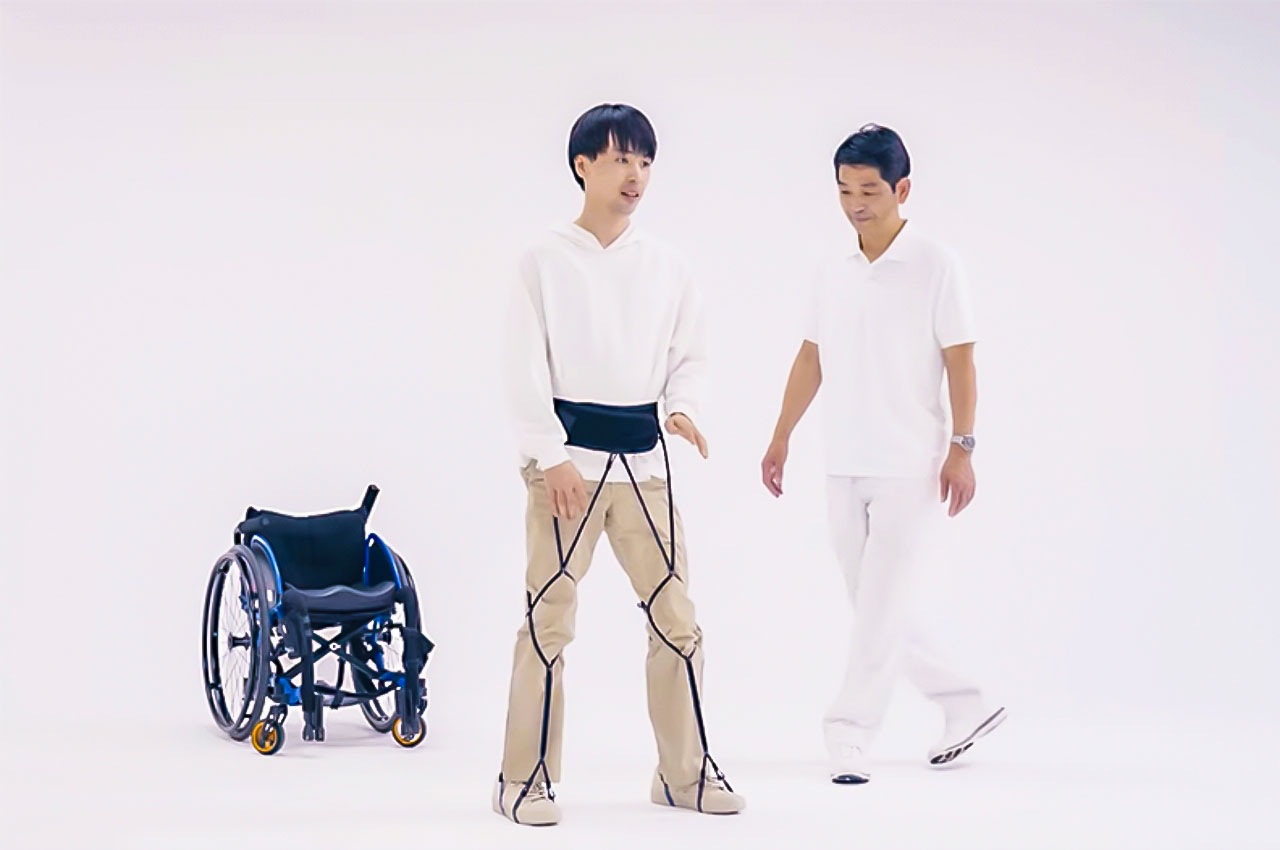
The post This stretchy Japanese rubber gear helps people relearn to walk after incident first appeared on Yanko Design.
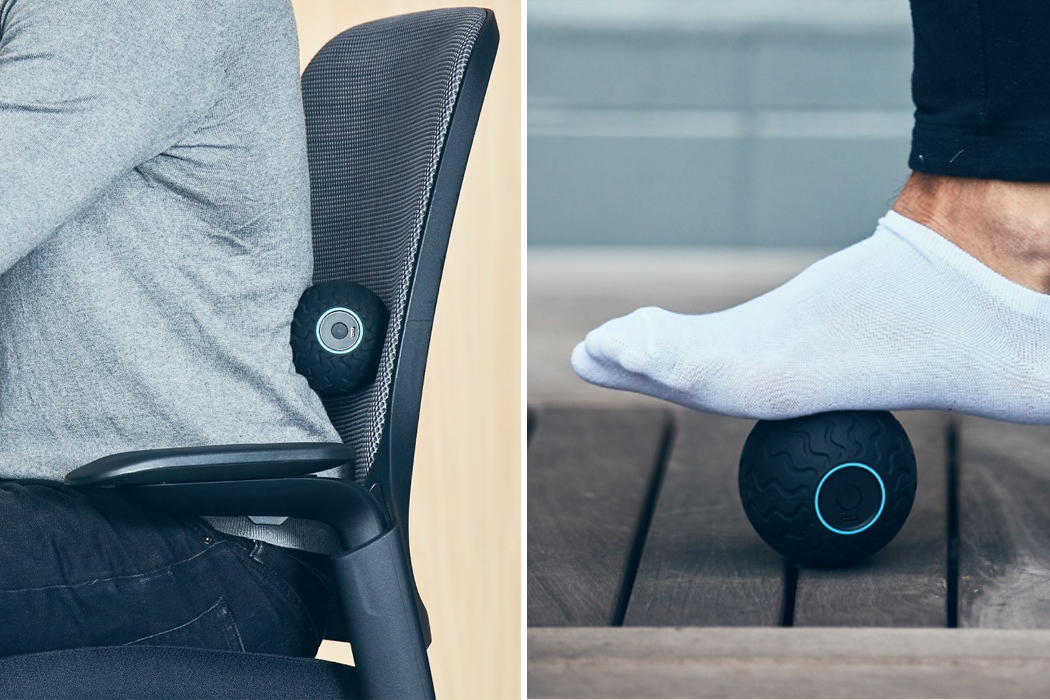
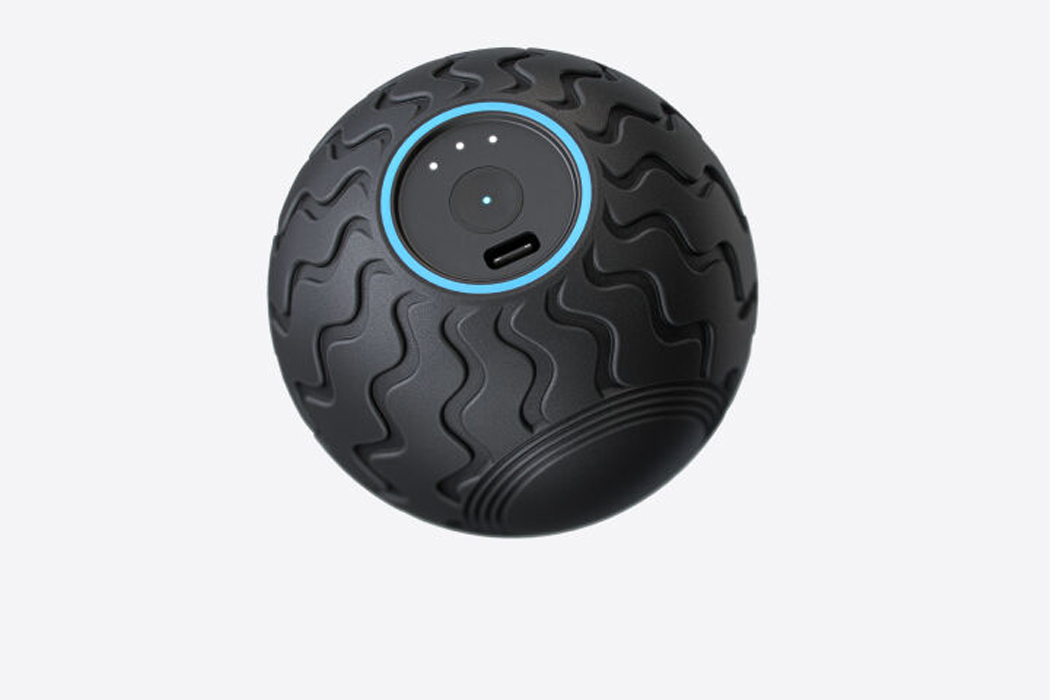
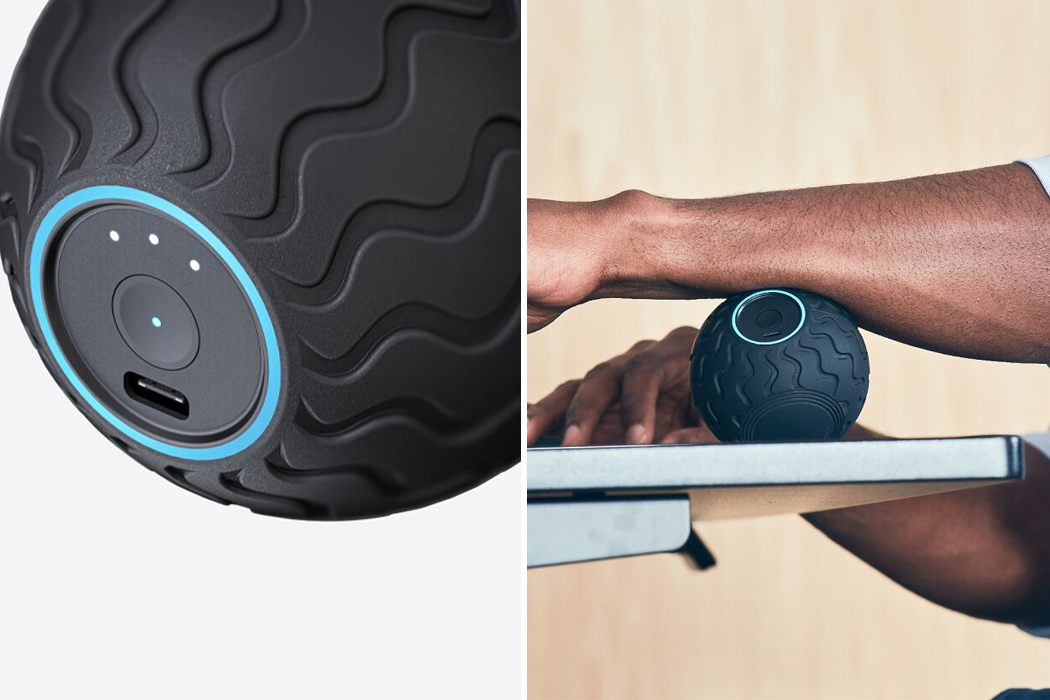
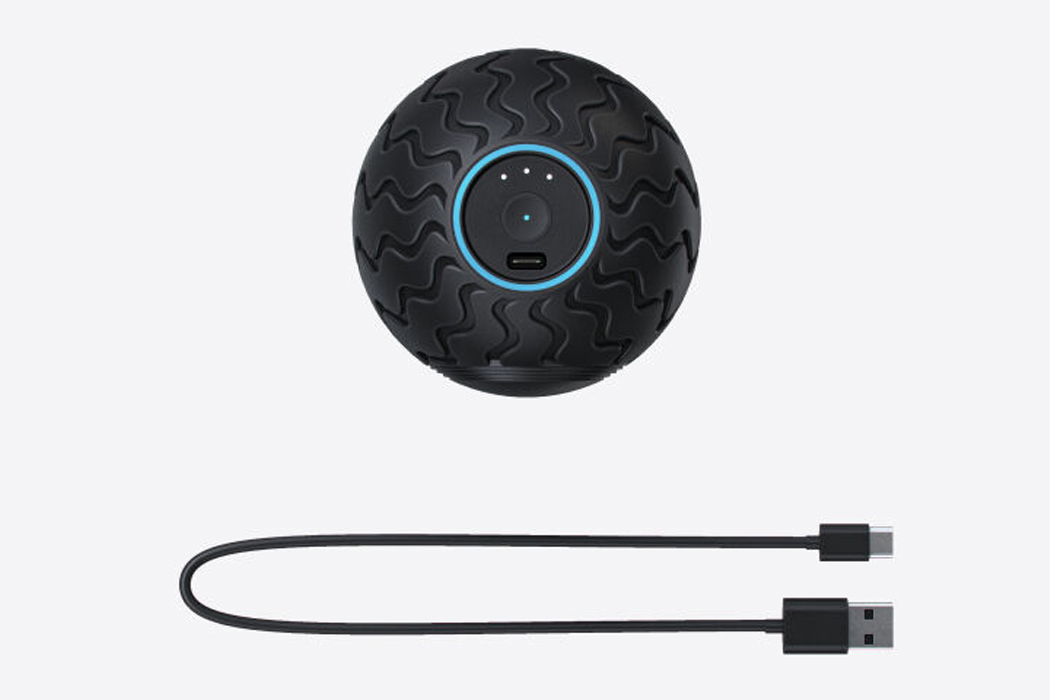
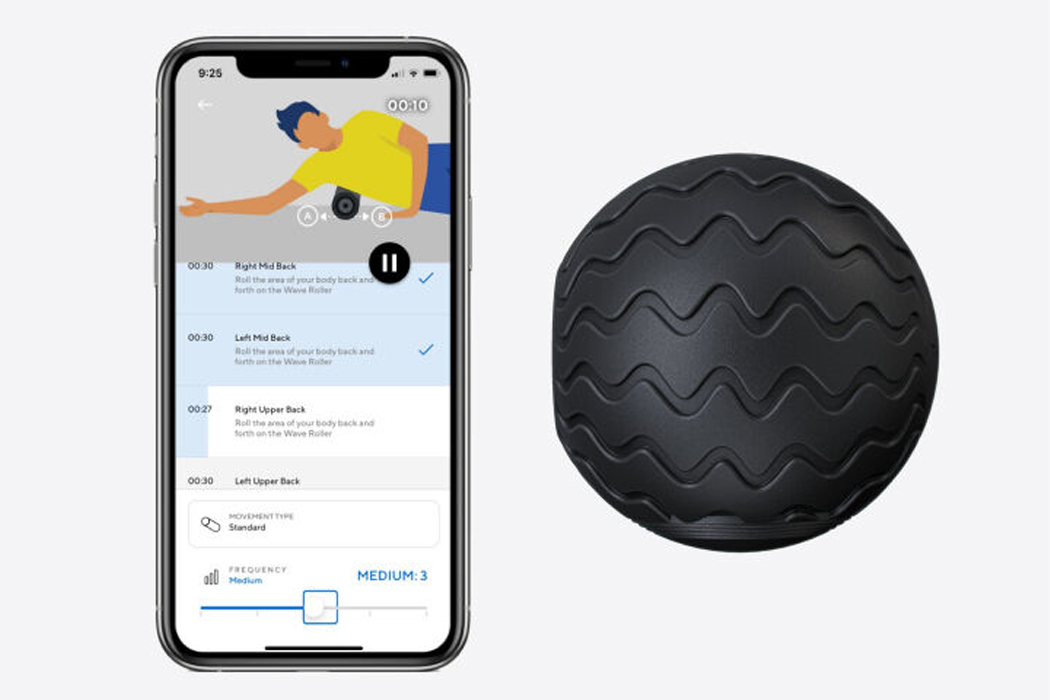
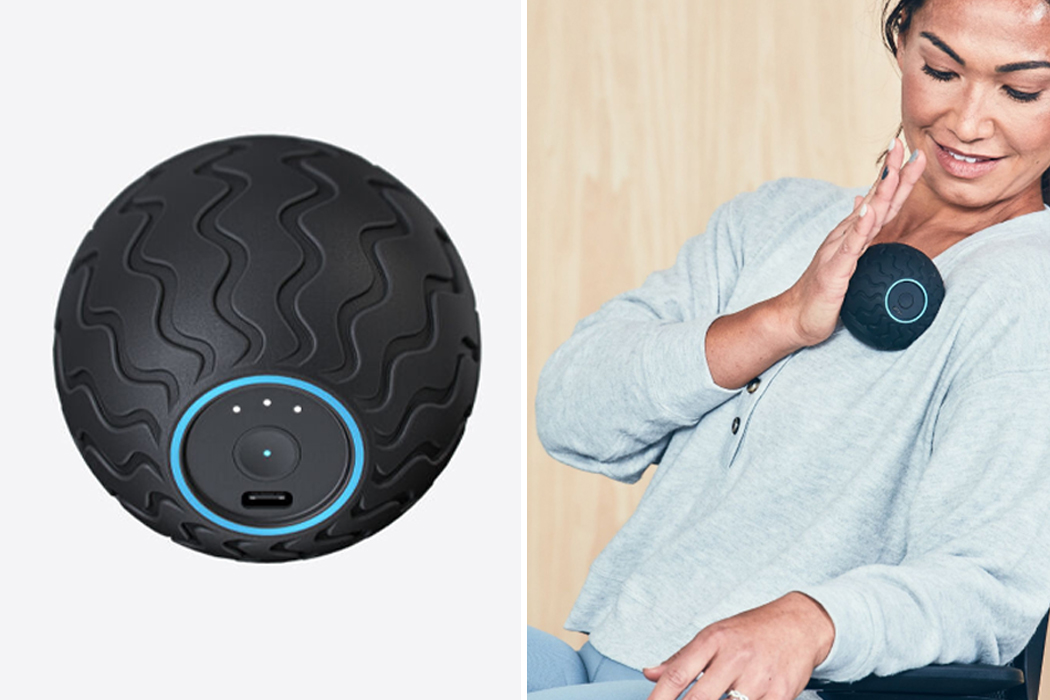
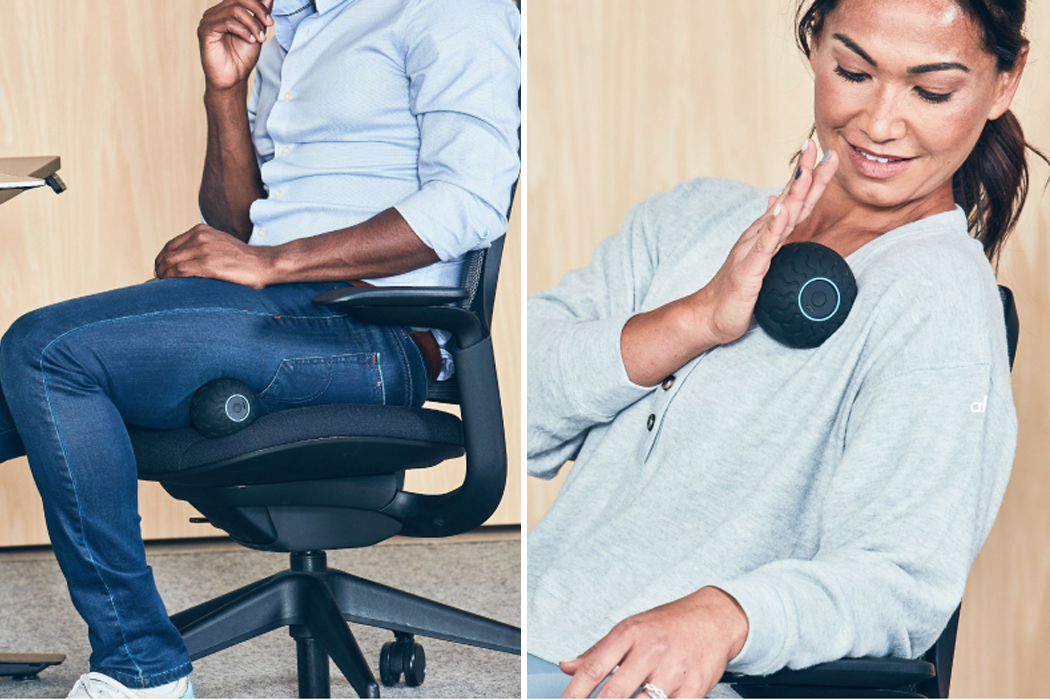
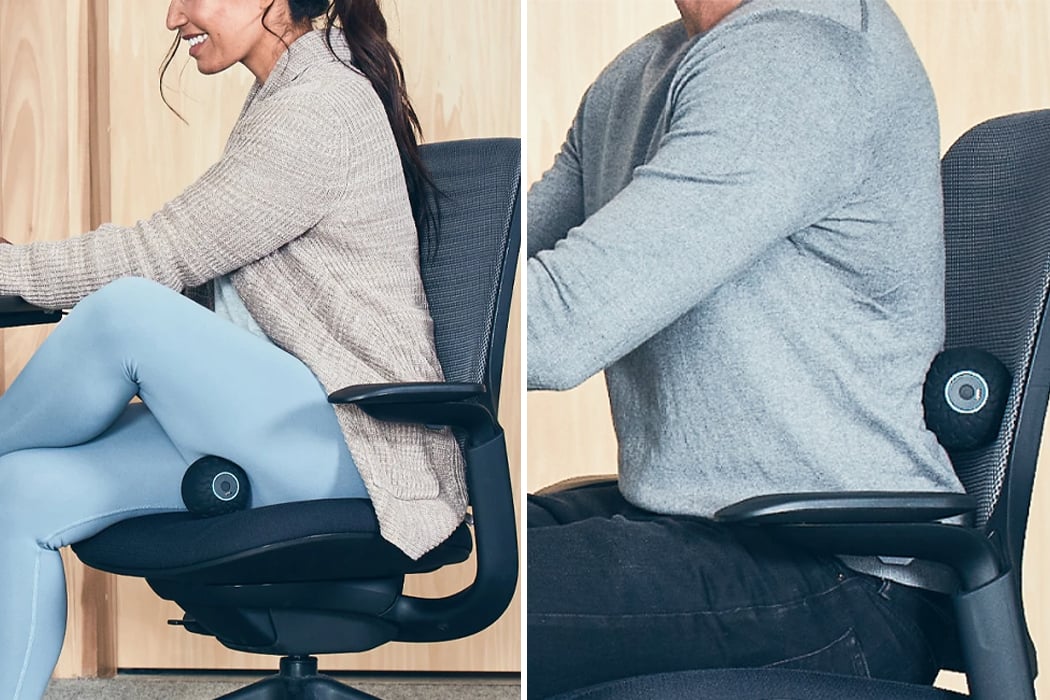




 Researchers in Japan have successfully carried out the world's first transplant of lab-grown heart muscle cells, in a move which could significantly reduce the need for heart transplants. To grow the heart muscle cells, the scientists from Osaka Univ...
Researchers in Japan have successfully carried out the world's first transplant of lab-grown heart muscle cells, in a move which could significantly reduce the need for heart transplants. To grow the heart muscle cells, the scientists from Osaka Univ...
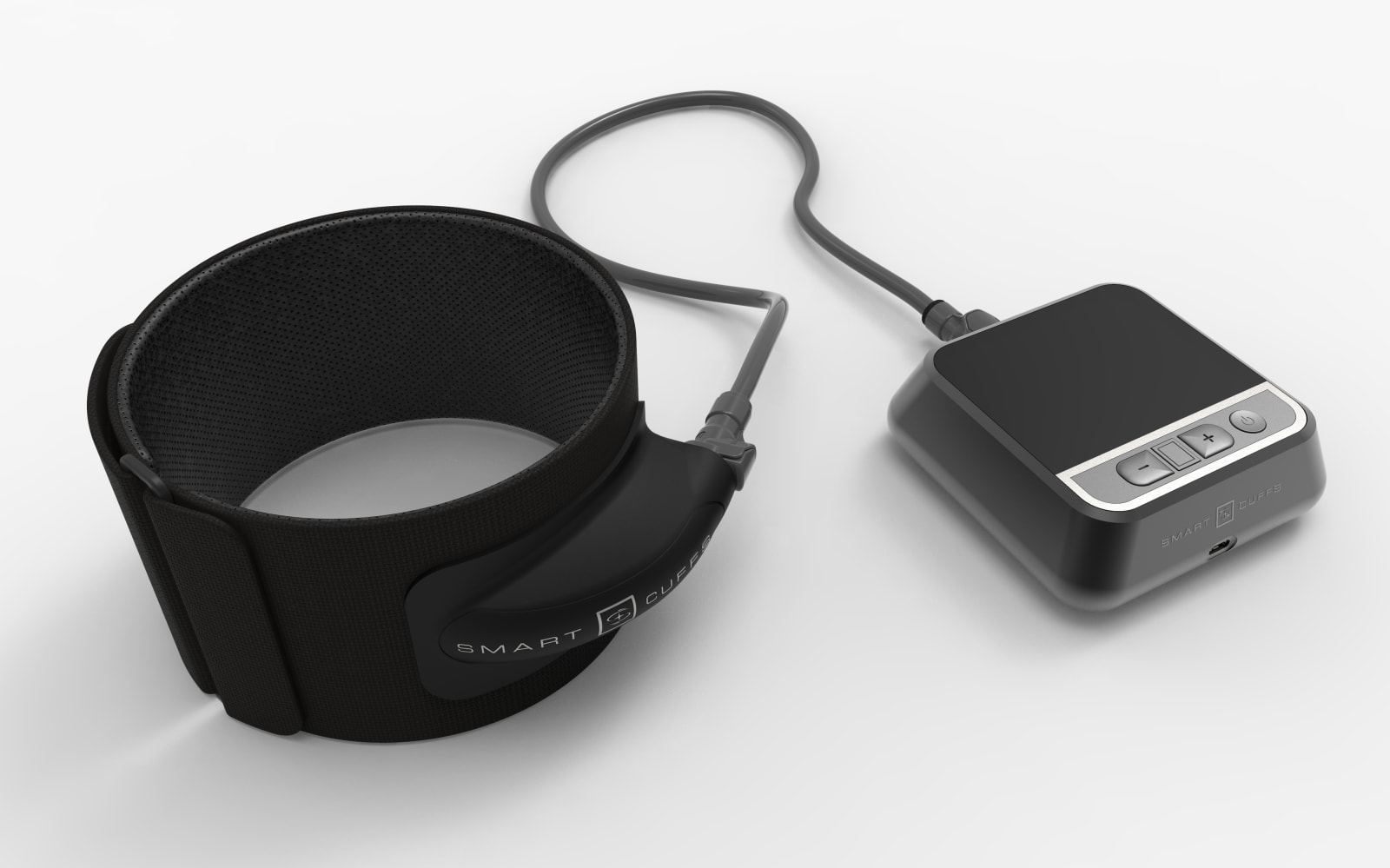 Bench pressing 200 pounds is cool, if you're into that, but it can put a strain on your limbs. SmartTools has an alternative. The company's SmartCuffs, blood flow restriction training (BFR) cuffs, let you lift less weight and see the same gains. Whil...
Bench pressing 200 pounds is cool, if you're into that, but it can put a strain on your limbs. SmartTools has an alternative. The company's SmartCuffs, blood flow restriction training (BFR) cuffs, let you lift less weight and see the same gains. Whil...
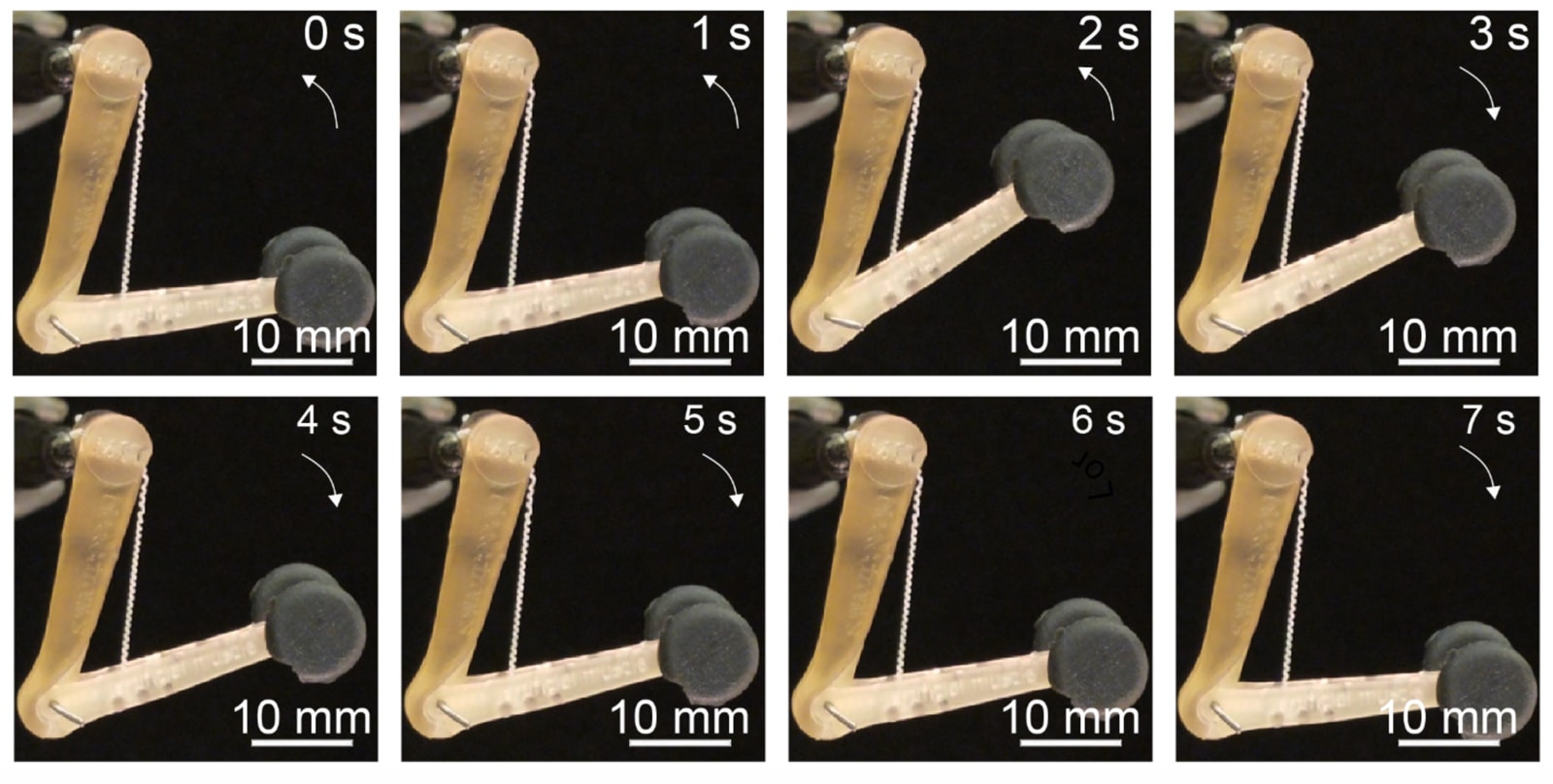 Most attempts at giving robots muscles tend to be heavy, slow or both. Scientists might finally have a solution that's both light and nimble, though. They've developed fibers that can serve as artificial muscles for robots while remaining light, re...
Most attempts at giving robots muscles tend to be heavy, slow or both. Scientists might finally have a solution that's both light and nimble, though. They've developed fibers that can serve as artificial muscles for robots while remaining light, re...
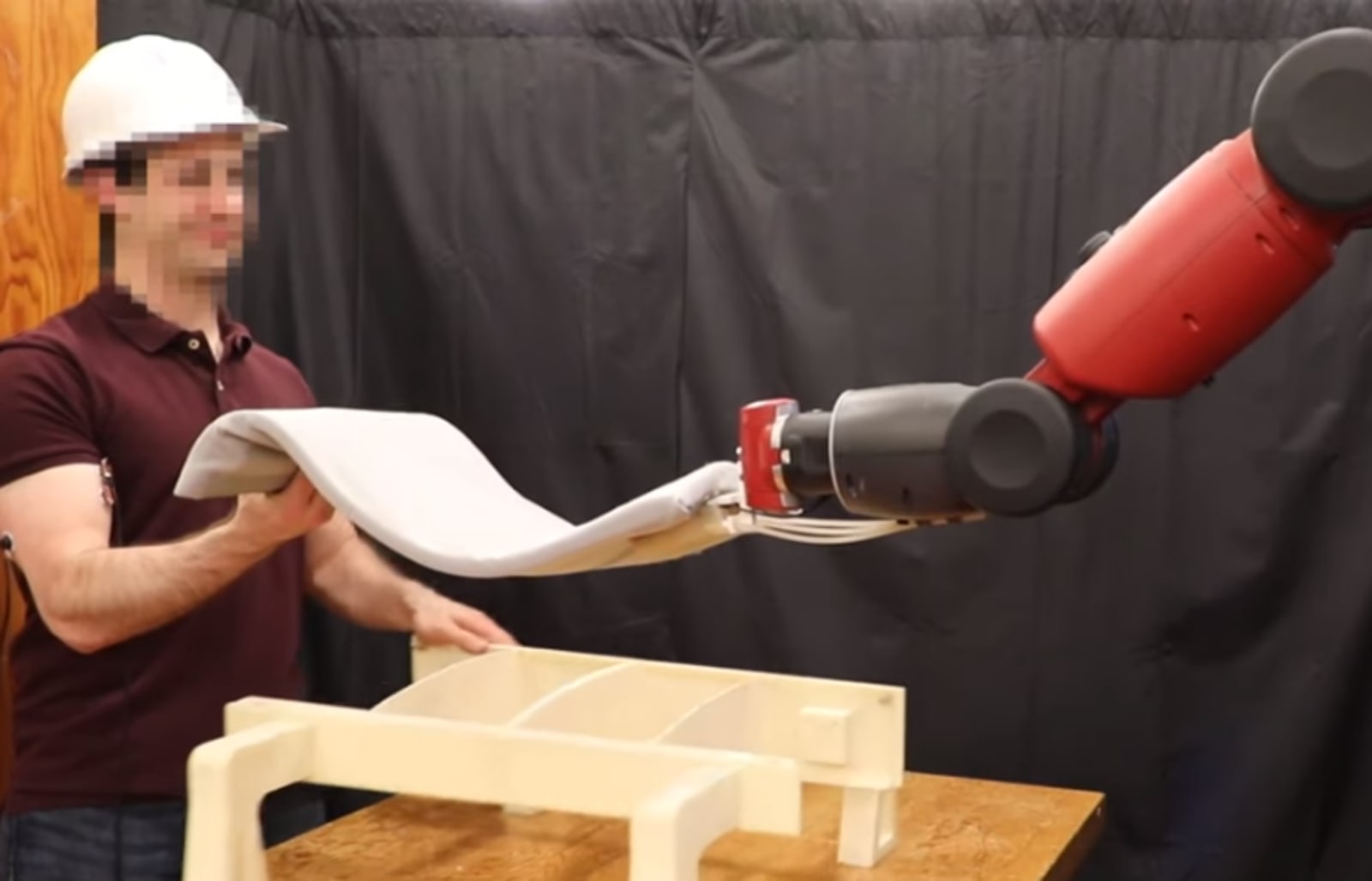 It's all well and good having a virtual assistant like Alexa or Siri in your lounge, but they make for a pretty useless robotic companion when it comes to shifting a sofa or getting a heavy box from a cupboard. MIT CSAIL has a solution in its sights...
It's all well and good having a virtual assistant like Alexa or Siri in your lounge, but they make for a pretty useless robotic companion when it comes to shifting a sofa or getting a heavy box from a cupboard. MIT CSAIL has a solution in its sights...
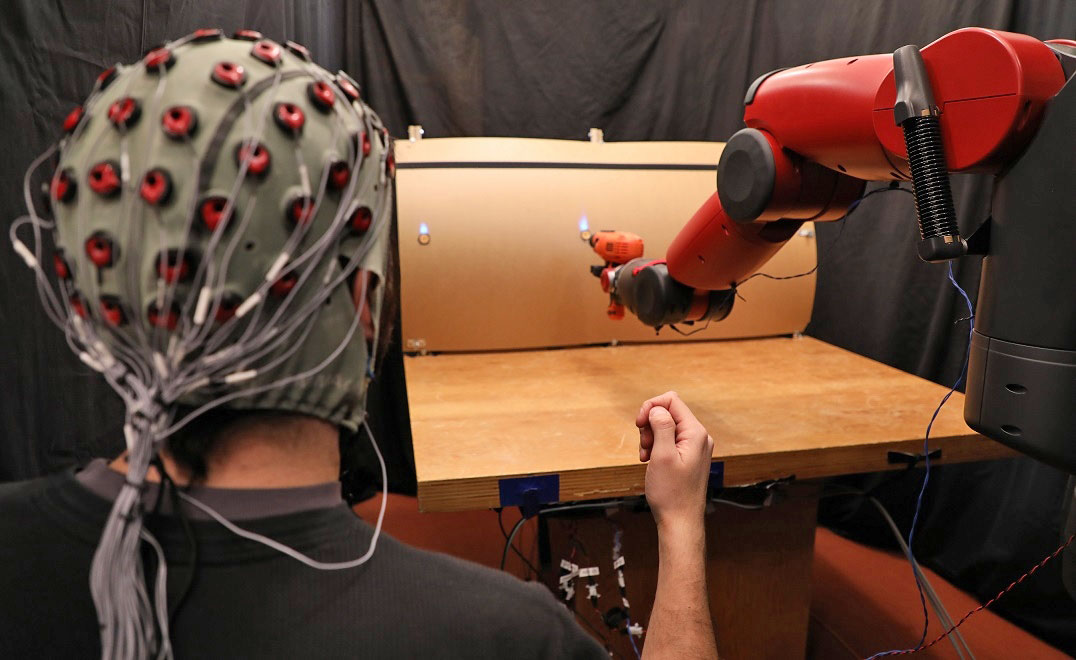 Robotic technology has a staggering range of applications, but getting it to perform adequately can be a challenge, requiring specific programming based around the way humans communicate with language. But now, researchers from MIT have developed a w...
Robotic technology has a staggering range of applications, but getting it to perform adequately can be a challenge, requiring specific programming based around the way humans communicate with language. But now, researchers from MIT have developed a w...